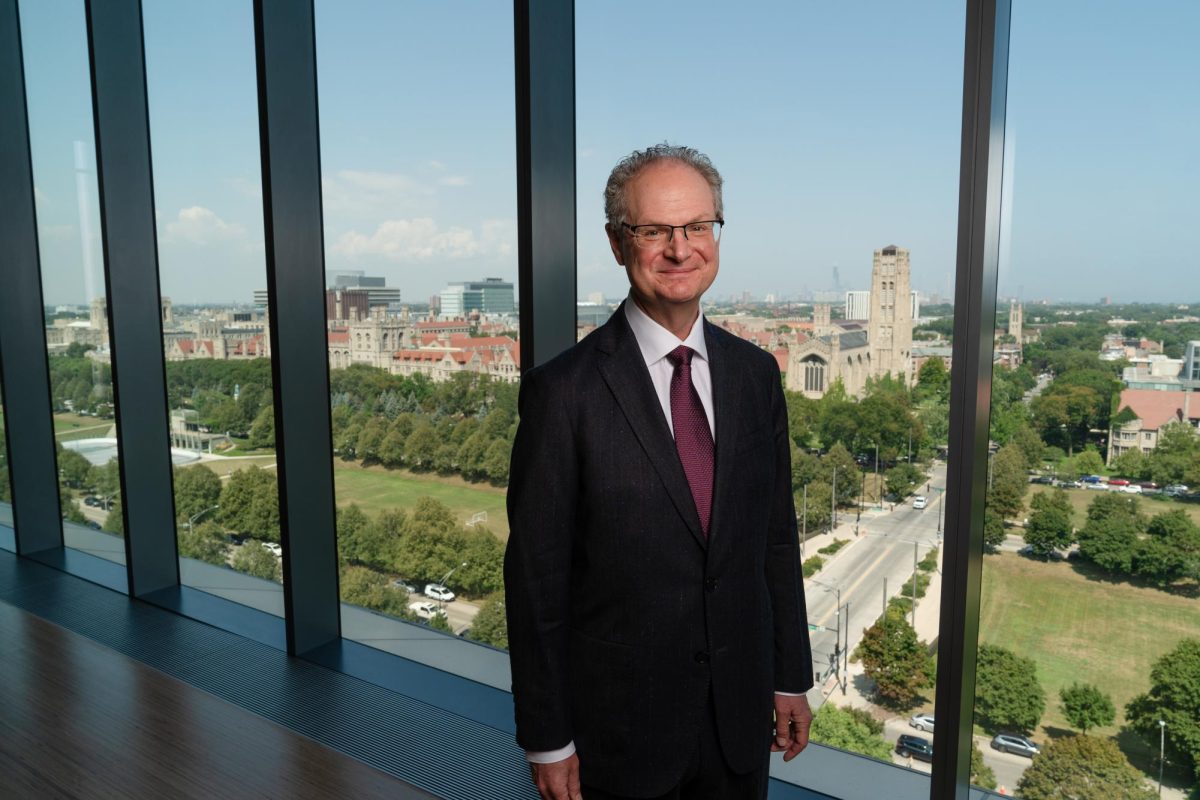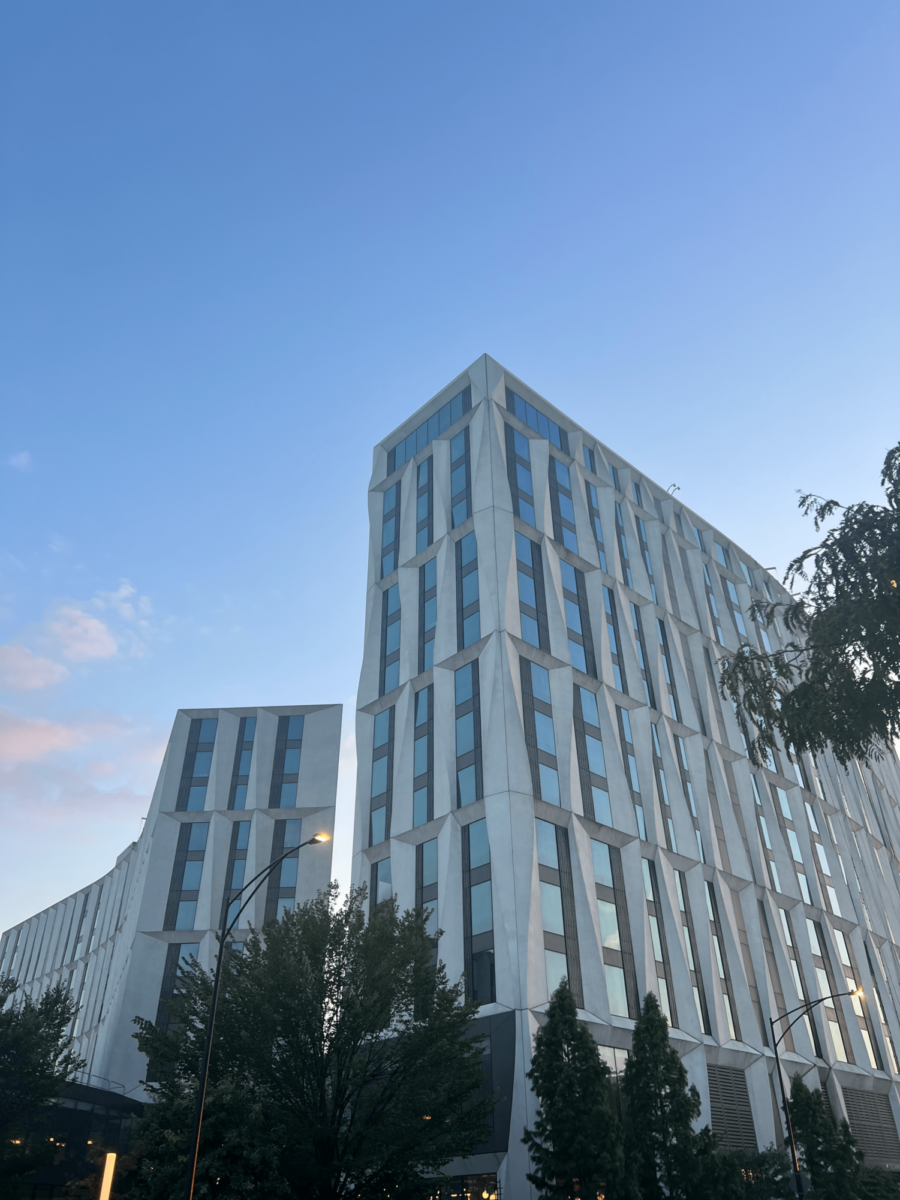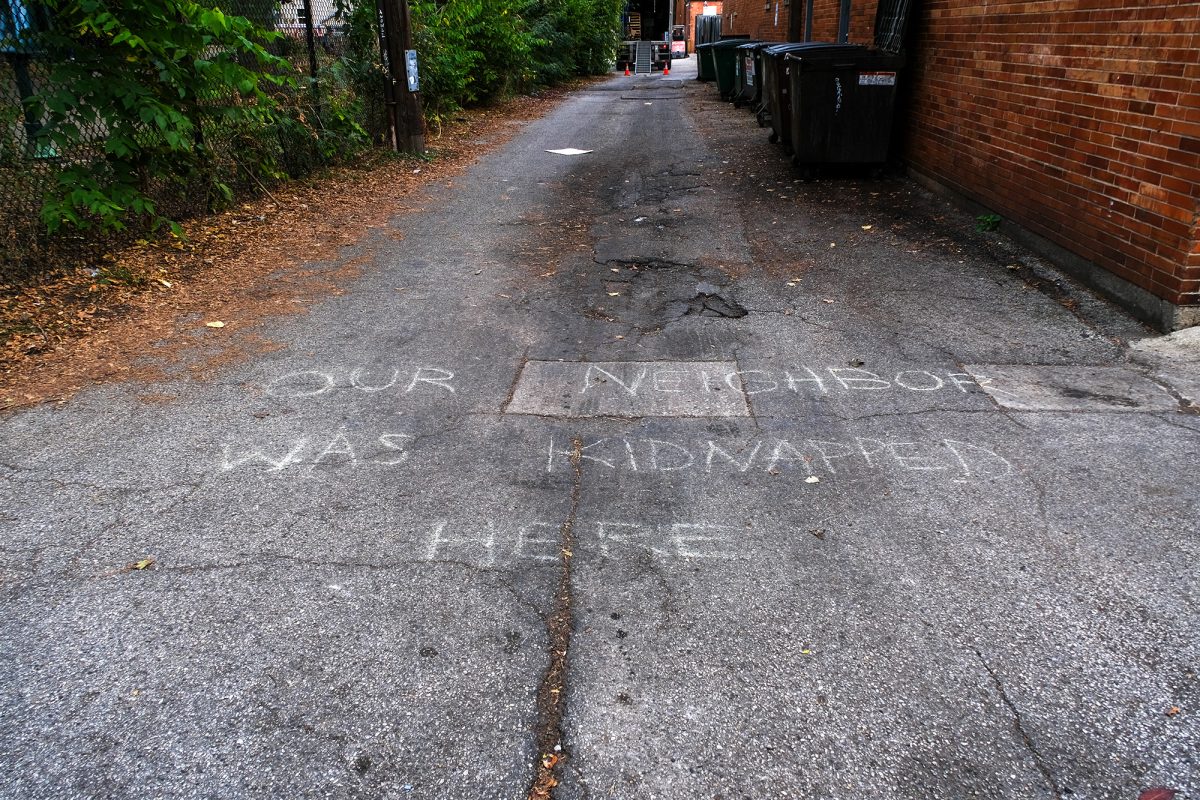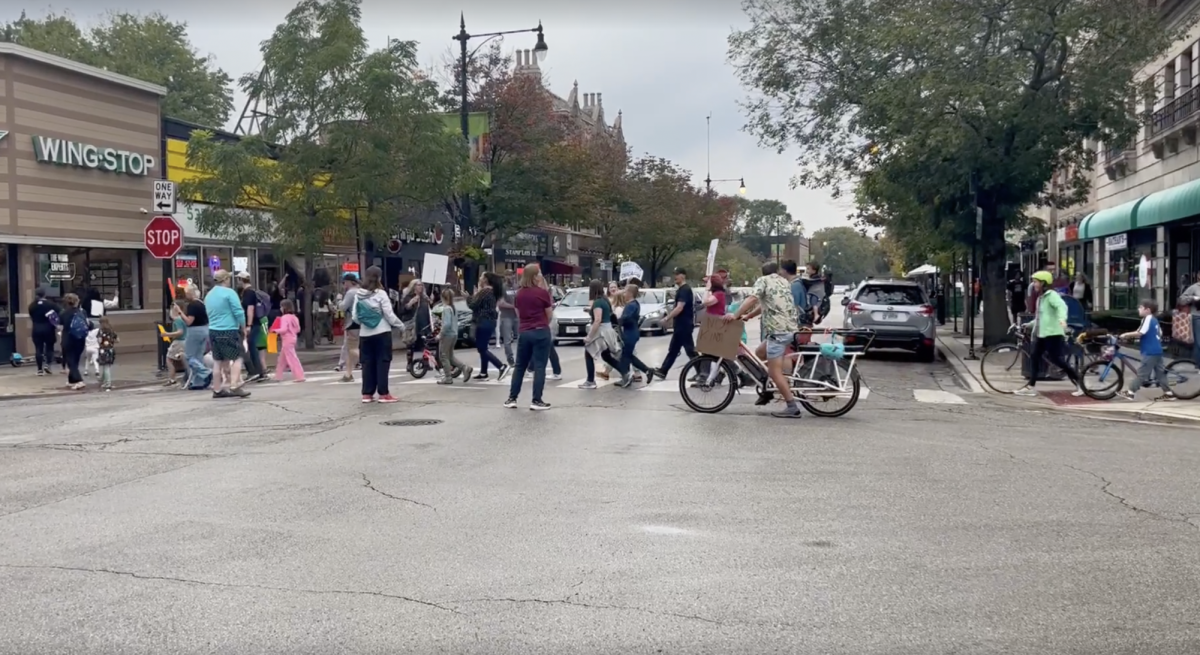Ron Rock, assistant professor in the Biological Sciences Division, described his equipment at the new Gordon Center for Integrated Sciences (CIS): “It’s almost like something out of Star Trek, like a tractor beam,” he said.
Rock studies the strength and stride of proteins using a device called a laser trap to suspend a tiny bead in solution by shooting a laser through it. The 1,500-pound laser table hovers, suspended on four pistons filled with highly pressurized air to keep it insulated from vibrations in the building.
The CIS had its official opening ceremony in the last week of April, but physicists are still moving into their labs. The delicate lab equipment calls for more than ordinary first-day procedures.
“It has to be very, very carefully planned and orchestrated to take the experiments [scientists] might have been doing for the last 20 years,” said Rakeesh Kumar, project manager for the CIS. “You would not believe the number of wires that have to be traced and labeled.”
Physical scientists were given free reign in designing their own laboratories.
“It’s very unique to each researcher,” Kumar said. “There’s no other way of doing it. There’s one lady who looks at the molecules and the surface of water. There’s a certain way she has to have the lab laid out; otherwise she can’t do experiments.”
The building also houses a 17,000-pound capacity elevator measuring 9-by-14 feet for moving equipment. For comparison, an average passenger elevator has a 3,000-5,000-pound capacity.
All scientists are scheduled to have moved in before the beginning of fall quarter.
“We don’t know if the labs will work as well yet,” said Henrich Jaeger, a physics professor and part of the James Franck Institute. “But,” he said, crossing his fingers, “the ones who have moved in are smiling.”
Jaeger studies nanostructures using atomic force microscopy to visualize small particles.
“Rather than looking at an atom with light waves, you literally feel the atom by running a very fine stylus over it,” Jaeger said. “We use the finest stylus we can make. It’s like reading Braille with your fingers.”
The equipment uses needles with curvatures approaching 10 to 15 nanometers and allows researchers to essentially “see” atoms.
“You can imagine how hard it is to make sure you don’t obscure the image with vibrations, noise,” he said.
Jaeger is also interested in the baffling behavior of granular materials—substances that are arranged like liquids but behave like solids, such as sand or glass.
“It’s still one of the premier puzzles in physics,” he said.
The CIS building is designed with an eye toward encouraging interaction among scientists in different fields.
“We put little blackboards everywhere in the halls, and we really tried not to skimp on the lounge furniture,” said Jaeger. “I’m glad to see people using them.”
The atrium also has balconies, called “Romeo and Juliet spots,” where scientists on one floor can see and interact with colleagues on another.
“Architecture has a completely underestimated effect on creativity,” Jaeger said. “This [creativity] is possibly the most intangible part of science.
“It makes all the difference,” he said. “Having to walk across the street or up a couple of floors is a huge barrier. It seems ridiculous that it would really affect things, but it does.”
The atrium will contain a cafe, to be run by Plum Cafes, which has not opened yet.
Rock says interaction with other scientists has helped his work “almost on a daily basis.
“When the cafe is set up, [my work] will really take off,” Rock said.








